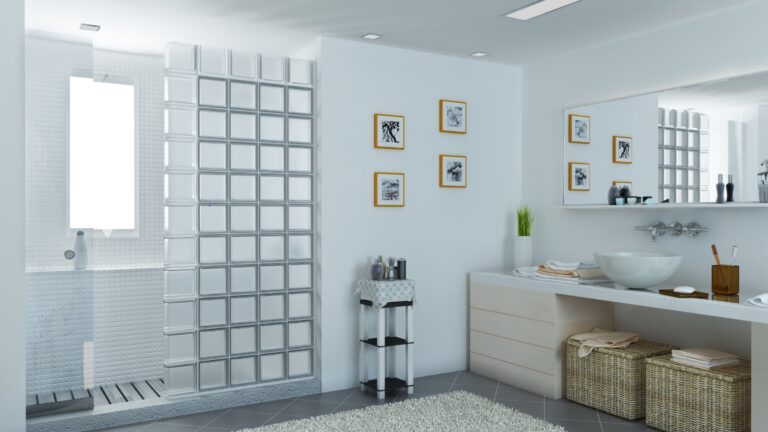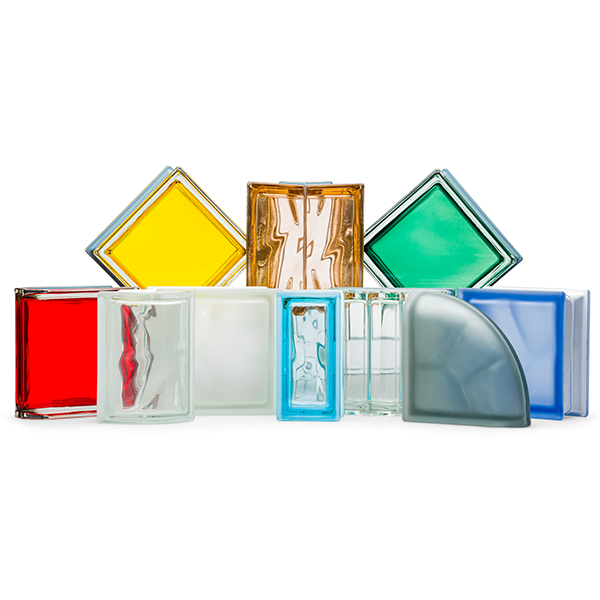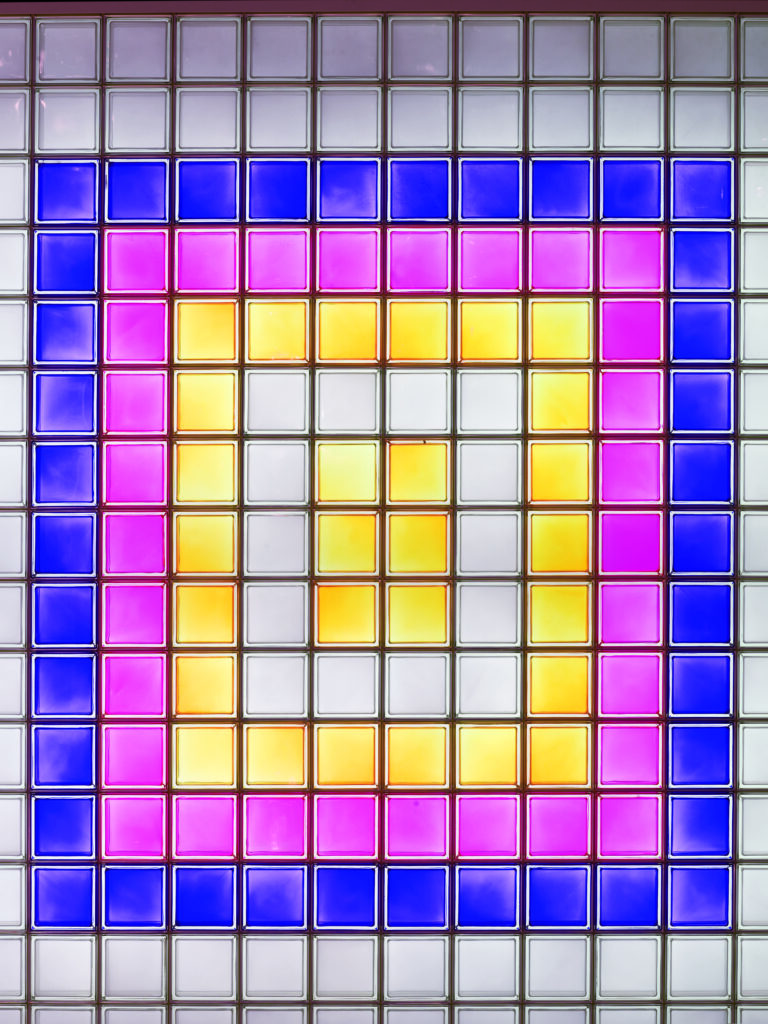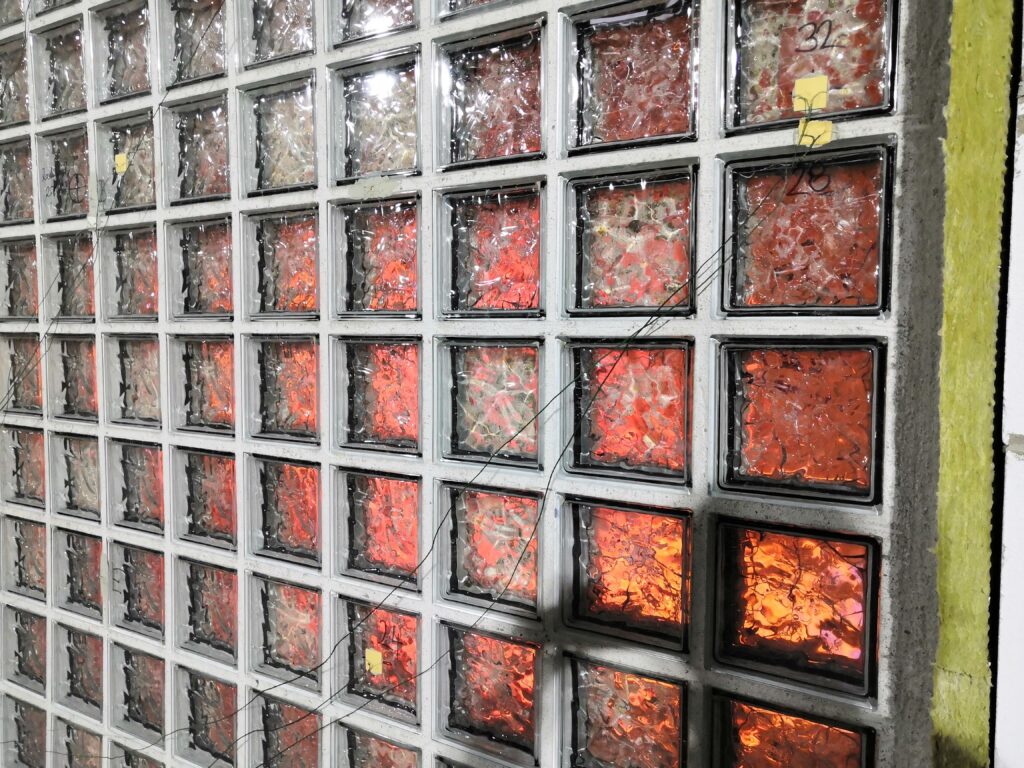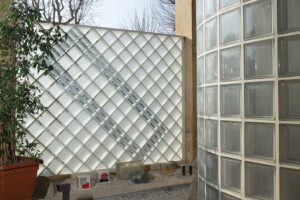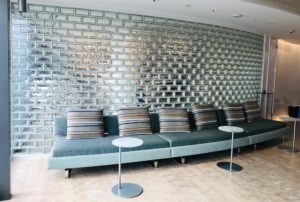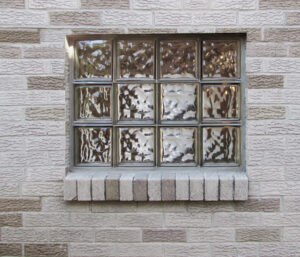How to Detail Windows Within Glass Block Constructions
Published by : Architizer.com | Sydney Franklin | Aug. 28, 2017
Glass blocks aren’t just effective as a decorative element in architecture. Yes, they can be used as singular wall panels solely meant to filter in light, but they can also be structural — and surprisingly stunning. The luminous building-product can be applied to walls, floors, ceilings and façades, making it one of the most versatile, yet severely underrated, specification options for contemporary construction today.
One classic issue architects face when detailing glass block constructions is how to incorporate a window or door — any opening really — within a tight installation. While glass blocks bring diffused light into a space and are utilized for their high thermal insulation values, window openings are sometimes incorporated to break up the monotony of the block pattern itself and permit an influx of natural air and direct light.
Academy of Art and Architecture by Wiel Ariets Architects
Fitting the blocks around an architectural opening can be extremely challenging. There is no easy way to create a seamless transition between glass block walls and the doors or windows that are inserted into them. While many windows incorporated into a building like this include two or more glass blocks in the window unit itself, giving the opening a covert appearance, they also tend to possess fairly distinct framing.
Seves Glass Block, one of the world’s leading manufacturers of this type of building-product, educates architects on how best to detail and install glass blocks in architectural projects. Here they showcase what it takes to input openings in a vertical structure.
Left: typical door detail by Seves Glass Block; right: Ports 1961 Shanghai by UUfie, via Yellowtrace
Before fitting a door or window in a glass block wall, an open-frame construction must be created with metal U-sections. The frame is positioned using temporary supports before installing the real structure.Glass blocks are then placed together with a minimum space of 1 centimeter between the frame and the blocks that touch the perimeter.
The inside of the metal sections is covered with rubber or another cushioning material in order to prevent damage to the blocks when opening and closing the door or window. Heavy doors and windows must be equipped with appropriate braking systems. The metal sections should be the supports for the fixed door or window frame.
Small windows that horizontally swing open can be easily installed in segments featuring two or four glass blocks. According to Seves, the windows should be installed with joints no smaller than 16 millimeters. The glass blocks are fitted within the window’s frame and placed on a smooth surface, then joints are filled with cement mortar similar to the rest of the wall’s construction. Wooden wedges are often used as spacers during this process.
Metal strips are then raised on the outside of the frame and attached to the handle to the top, and once the mortar has hardened, the frame is installed in the fully constructed wall. To fight back against water infiltrations, it is important to ensure the openable frame and handle are at the top of the window.
Dumas + Horatio by Central de Arquitectura
Using glass blocks as the primary window filler isn’t the only way to design openings in a glass block–clad project; some architects take to more traditional framing techniques and break out large sections of a project’s façade with elongated glass panels.
This method requires the use of thicker glass and heavy-duty metal framing that can bear the weight of the glass blocks positioned above the window. Projects like Moneo Brock’s Thermal Baths, Central de Arquitectura’s Dumas + Horacio apartment complex and, of course, Renzo Piano’s Maison de Verre are some of the most iconic examples of this technique.
Termas de Tiberio (Thermal Baths) by Moneo Brock Studio
Even though these precedent projects make it seem like windows are the way to go when it comes to detailing glass block architecture, designing such elements can be a completely subjective venture. Not all buildings with glass blocks need windows, but it’s helpful to have options.
The next time a client is eager for glass blocks to be incorporated into the façade but completely writes off the possibility of windows, you may be able to convince them otherwise. Think of the most appropriate way to tastefully integrate them onto the façade and give the building’s users the chance to enjoy illumination from multiple sources. This will not only add depth to the architecture, but also provide interiors with varying degrees of much-needed natural light and ventilation.

